Introduction
In the world of art and design, color plays a pivotal role in conveying emotions, themes, and aesthetics. Among the myriad hues available, purple holds a unique place. Its history is steeped in symbolism, from regal connotations to spiritual significance. Today, purple continues to captivate artists and designers alike, serving as a powerful tool for expression. This article delves into the world of the purple aesthetic in art and design, exploring its symbolic meanings, contemporary applications, and the ways in which this color breathes life into creative works.


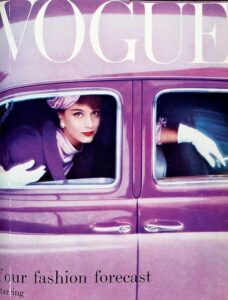
The Symbolic Language of Purple
Before delving into its contemporary use, it’s essential to understand the symbolic meanings associated with the color purple. Historically, purple was linked to royalty and power due to its rarity and the expense of producing purple dyes. This regal association remains ingrained in the collective consciousness, making purple a color of opulence and authority.
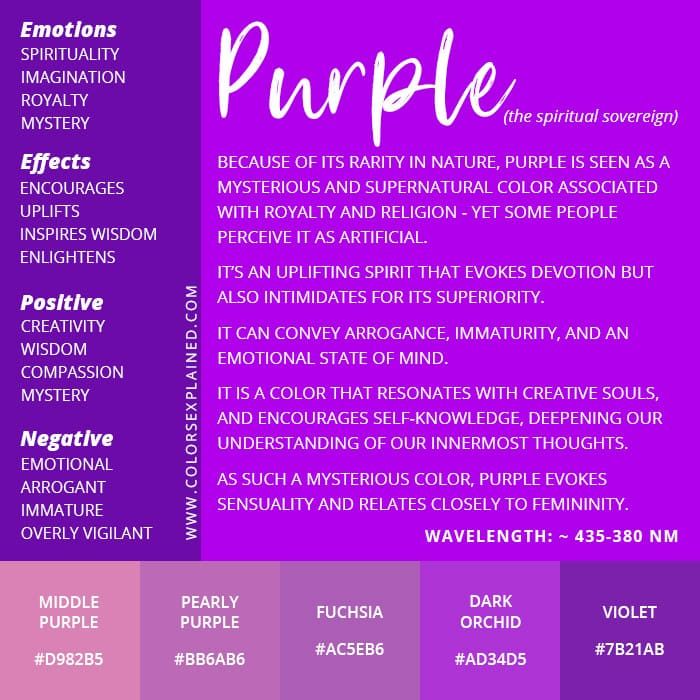
However, purple’s symbolism extends beyond royalty. It is often associated with spirituality, mysticism, and introspection. In the realm of chakras and auras, purple is linked to the crown chakra, signifying enlightenment and spiritual connection. This duality—the juxtaposition of material wealth and spiritual depth—provides a rich tapestry for artists and designers to explore.
Contemporary Artists and the Purple Palette
Contemporary artists have embraced the purple aesthetic, infusing their works with its unique symbolism and emotional resonance. From painters to digital artists, purple has found a place on canvases and screens worldwide.
Abstract Expressionism: In abstract art, purple is often used to evoke a sense of mystery and emotion. Artists like Mark Rothko have employed deep purples to create introspective and contemplative experiences for viewers. The use of purple in abstract expressionism allows for a wide range of interpretations, making it a favorite among artists exploring the complexities of human emotions.
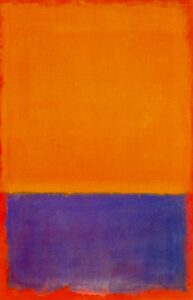
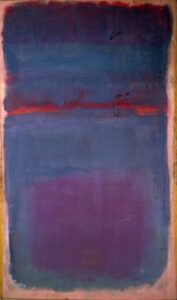

Digital Art and Design: In the digital realm, purple has taken on a new dimension. Graphic designers often use purple to convey creativity and innovation. It is frequently seen in branding for technology companies, signifying a balance between luxury and forward-thinking. Additionally, the use of vibrant purples in digital art adds an element of surrealism and futurism, creating immersive experiences.
Purple in Contemporary Design
Design disciplines, including interior design, fashion, and product design, have also been influenced by the purple aesthetic.
Interior Design: Purple has found its place in interior design as a color that can transform spaces. Shades of purple, from soft lavenders to bold plums, are used to create ambiance and mood. Lavender, for example, is associated with tranquility and relaxation, making it a popular choice for bedrooms and spa-like settings. On the other hand, rich purples can add drama and sophistication to living spaces.
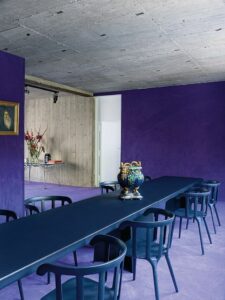
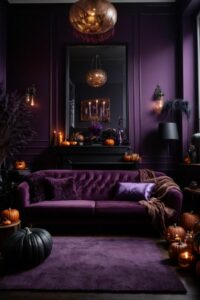
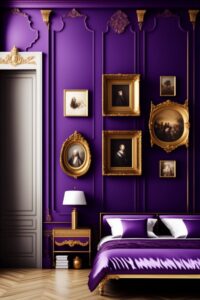
Fashion and Textile Design: Fashion designers have incorporated purple into their collections in innovative ways. Designers like Gucci and Balenciaga have featured purple garments that evoke a sense of eccentricity and luxury. Purple textiles are also used to create statement pieces, including upholstery, curtains, and accessories, allowing individuals to infuse their living spaces with the essence of purple.


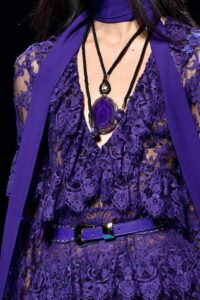
Product Design: In product design, purple is often used to denote uniqueness and sophistication. From electronics to furniture, purple products stand out as symbols of innovation and elegance. The use of purple in product design has become synonymous with luxury brands, conveying a sense of exclusivity and quality.
The Emotional Impact of Purple
The emotional impact of purple cannot be overstated. It has the ability to evoke a wide range of emotions and themes, depending on its hue and context.
Passion and Romance: Deep, romantic purples are often associated with passion and sensuality. In art and design, this shade can be used to convey the intensity of human emotions and the beauty of romantic relationships. Artists use purple to create intimate and evocative works that draw viewers into the depths of love and desire.
Spirituality and Tranquility: Lighter shades of purple, such as lilac and lavender, are linked to spirituality and tranquility. These colors are used to create spaces and artworks that promote relaxation and introspection. In design, they are often incorporated into wellness and meditation environments, inviting individuals to find solace in their surroundings.
Innovation and Futurism: Vibrant, futuristic purples symbolize innovation and progress. This shade is frequently used in contemporary design to convey a sense of forward-thinking and modernity. Whether in product design or digital art, the use of vibrant purple captures the imagination and promises a glimpse into the future.
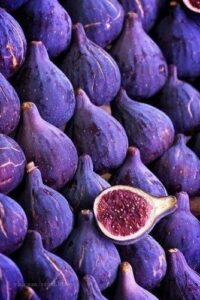


Conclusion
The purple aesthetic in art and design is a testament to the enduring power of color in creative expression. From its historical associations with royalty to its contemporary use as a symbol of innovation and spirituality, purple continues to inspire artists and designers worldwide. It is a color that transcends boundaries, offering a rich and diverse palette for conveying emotions, themes, and aesthetics.


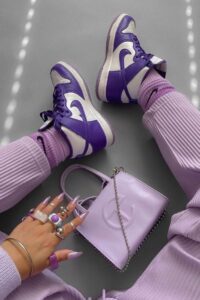
In a world where visual language is a universal communicator, purple stands as a versatile and evocative tool. It has the ability to evoke deep emotions, spark creativity, and transport individuals to different realms. The purple aesthetic is a living testament to the profound impact that color can have on our perception and understanding of the world, making it a cherished element in the ever-evolving worlds of art and design.
The Emotional Impact of Colors: Exploring the Psychology of Sunset Color Palette
7 Trending Boho Color Palettes for a Cozy Bedroom
The Ultimate Guide to Creating a Retro Color Palette

